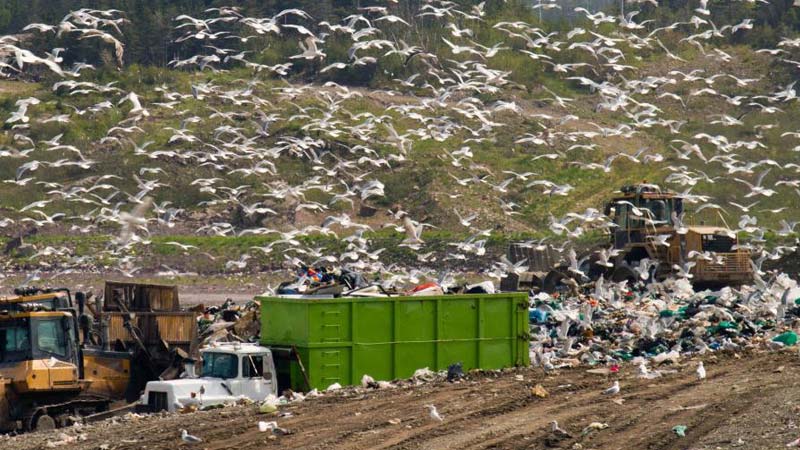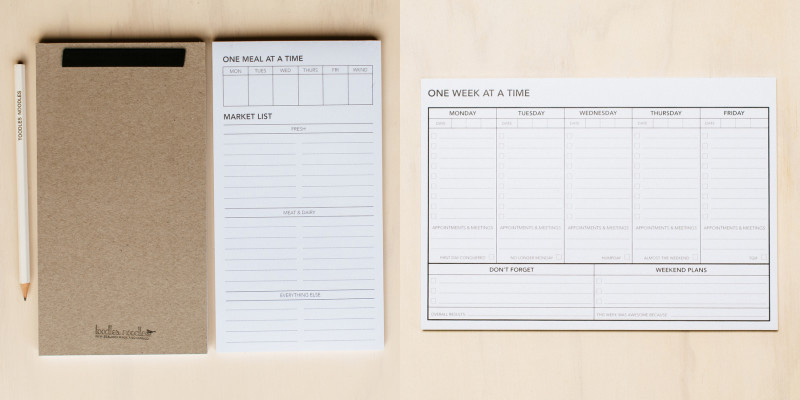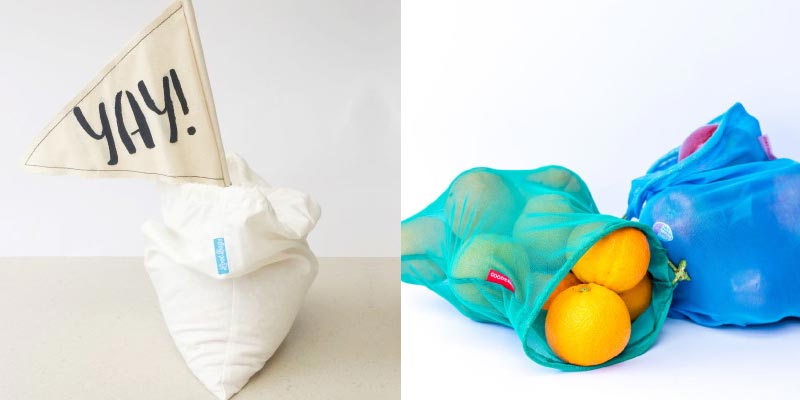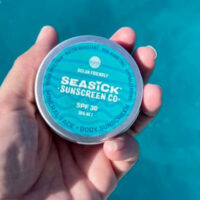
In our fast paced, modern world where convenience is king, the issue of waste is getting quietly louder. The problem begins in our homes; and so does the solution.
By reducing waste at home, we can be part of the solution, instead of the problem.
Before we start, let’s be honest about our intentions and what is within the scope of this article. This isn’t about going totally plastic free or reducing waste at home so dramatically that one year’s worth of rubbish fits in a jam jar (as admirable as that is); we can talk about this on another day….!! It’s about looking at the waste we do produce, and coming up with practical ways we can make that pile or bag a bit smaller. And this will be made easier if we make better, conscious choices when we’re shopping.
With this in mind, here’s our guide to help you reduce waste at home:
Rethink Single Use Plastic
‘Single Use‘ simply refers to things we use only once before throwing them away. Single use items are often made of plastic because it’s a cheap and durable material. Classic examples that are most likely to enter or already be present in our homes in alarming quantities include shopping bags, fresh produce bags, cling wrap and maybe takeaway food containers.
Now….you know what I’m going to say don’t’ you…??!!! If you’re not already using one (or more), get yourself a reusable shopping bag. NOW. It’s the easiest, cheapest way to cut down on waste coming into your house. And once you’ve mastered the ‘art’ of remembering your reusable shopping bags when you go to the supermarket, you can take the next step and get a set of produce bags. Both of these things will significantly cut down on the amount of single use plastic coming into your home, and will therefore reduce your waste.
And if you’re a lover of cling wrap, there are alternatives which are better for the environment. Have you considered beeswax wrap..?? It works in a similar way to cling wrap (the wax is tacky and takes care of the ‘cling’) except that it’s reusable. You just wipe it clean after use and use again. And again….
Making a few simple swaps to reduce the amount of single use plastic we need to throw away is probably the easiest and most significant thing we can all do to reduce waste at home.
Take a Closer Look at Packaging
When you buy something, do you consider what it comes wrapped in…?? Can you recycle the packaging..?? If not, is there an alternative..?? This is not an easy question to answer; packaging is a tricky area. But there are some things to think about and some easy changes you can make which could help you reduce waste at home:
1. Get baking. Instead of buying individually wrapped chocolate treats or muesli bars, why not try making your own…?? They’re likely to be much better for you and they won’t come wrapped in plastic. This goes for bread too. Homemade bread ROCKS and comes wrapping free. If you’re not a baker, try choosing bread that comes in a paper bag; the bakery section of your supermarket or your local baker should offer this.
2. Reduce Packaging. Try to avoid fruit or veg that comes pre-wrapped in plastic. Most supermarkets in New Zealand are great at offering loose fruit and veg for you to put in your own reusable produce bags. A lot of fruit and veg comes with it’s own wrapper in the form of skin or peel anyway so just say no to shrink wrapped corn on the cob or apples in a plastic tube. Wrong.
3. Ask for paper. Pre-packaged meat from the supermarket usually comes in a polystyrene tray wrapped several times in a mile long piece of cling film. If you’re shopping for meat, consider going to the fresh meat counter (not available at all supermarkets but I’ve seen them in some New Worlds) or your local butcher and request that your meat is wrapped in paper. This is old school, effective and you can compost the paper!!
4. Go large. Individual portions nearly always come with additional waste. Yoghurt, crisps, snacks… Those small yoghurt pots are not recyclable, but the bigger, 1 kg pots are, which makes them a better (and cheaper) option.
5. Use your local bulk store. Have you been to your local bulk/free flow store yet..??? Bin Inns are all over the country and a super cool new store called GoodFor recently opened its doors in Auckland. Both stores offer packaging free shopping options for all sorts of pantry staples including flour, sugar, cereals, spices, nuts and…peanut butter!! Yes that’s right. My local Bin Inn is my Go-To for freshly ground peanut butter – they have a ‘machine’. Simply choose the consistency you like and fill your jar (I use a large old Raglan Coconut Yoghurt jar). The ingredients..?? 100% Peanuts. AND it’s great value.
Don’t Waste Food – Eat It
The amount of edible food wasted in New Zealand is appalling. It’s reported that 122,547 tonnes of edible food ends up in landfill every year which costs us about $872 million….. This is just staggering and so unnecessary. Let’s put a stop to this now; use my top tips to help you reduce food waste at home:
1. Plan. Make a weekly meal plan and a shopping list of the things you’ll need and try to stick to the list when you shop. If you buy extras or things that aren’t on the list, especially fresh food that has a limited shelf life, have a meal or a time in mind when you know it will be used. To get yourself super organised find a planner like one of these or make up your own.

2. Store. Proper storage of food can prolong it’s life – the opposite is also true!! Bread is the number one thing kiwi’s chuck in the bin because it’s gone mouldy. Bread keeps better in the fridge than in the pantry or you can freeze a sliced loaf and just take slices out for toast when you need it. Oh…and if it’s past it’s best for sandwiches it doesn’t mean it’s ready for the bin yet. Slightly stale bread is great for toasting or croutons!!
3. Use leftovers. Leftovers can be a godsend for a quick lunch, dinner for one on the go or a complete family meal from the freezer for those days when cooking is just too hard. Portion up what you’ve got left and either put it in the fridge to use within the next few days or freeze for later.
4. Look at dates. ‘Best Before’ dates are not gospel but can be a useful guide. Try to use food with the closest best before date first.
5. Compost. Ok…so we’re not perfect and we might miss the odd piece of fruit that will languish in the back of our fridges until it starts to smell weird… And then there are the veggie scraps that are edible…but we’d really rather not. If you get a lot of over ripe fruit that goes to waste or generate a lot of veggie scraps, it could be worth considering a composting solution or a worm farm. Getting rid of food in this way is much better for the environment than chucking it in the rubbish, and if you’re a gardener, both will be of benefit to your crops!!
Buy It Once
Our throw-away society no longer embraces the mend/repair mentality of our grandparents generation. Back in those days, things were routinely repaired and it was worthwhile doing so. Things were built to last and they did. Today, low cost, high volume items line the shelves and when they break, it’s simply not worth fixing them so they end up in landfill.
If you can, it’s far better to buy a quality item that is made well, will stand the test of time and can still be repaired if things go wrong. Buy it once.
This goes for clothes too. Fast fashion might be tempting but at what cost..?? Awful working conditions and low pay for those making your clothes, poor quality fabric and workmanship, off-the-rack styles that all the shops seem to sell….. Choosing a single, quality item that is well made will not only look and fit better on you, it will last. And if you’re lucky enough to be able to update your wardrobe every so often, your quality items will be gratefully received by the local op shop or pre-loved clothing store, so the life of your clothes will continue and someone else will get to enjoy them.
Reduce Waste at Home by Recycling
It seems an obvious one to mention, but given that three quarters of New Zealand’s landfill waste could have been re-used or recycled (mfe.govt.nz)…..I feel it needs to be here.
Recycling is not the perfect solution, but it is certainly better than landfill. Plastics (usually number 1 and 2 only), glass, paper, cardboard, tins, batteries, scrap metal, whiteware and oil are all accepted at our local transfer station. So there’s really no reason for any of these things to end up in landfill.
More recently, a soft plastics recycling scheme has been launched. It’s not country wide yet, so might not be available in your region but hopefully it will be coming to a location near you soon. The project accepts all sorts of soft plastics including carrier bags, produce bags, plastic packaging, muesli bar wrappers, crisp packets and cereal box liners – the list is quite long!!
But hang on….this doesn’t mean we can all go out and embrace single use plastic now because it’s suddenly recyclable. What it does mean is that we can feel OK about buying the large packet of crisps or the frozen broccoli because now we CAN recycle that packaging.
Donate
Have you ever heard the expression…’One man’s trash is another man’s treasure’….? It’s true!! What you throw away might be JUST what someone else is looking for. If it’s still in wearable or useable condition but you no longer want or need it, then consider donating it. Charity shops or op shops are all over the place and will be grateful of your donation. Check before taking large items like furniture though as not all of them will have the space to store or display bulky things.
So…if you’re serious about reducing what goes into the waste bin at home, cutting down on the stuff you bring into the house in the first place is a great start.
And forget the jam jar for now. Remember…..its all about progress, not perfection.





